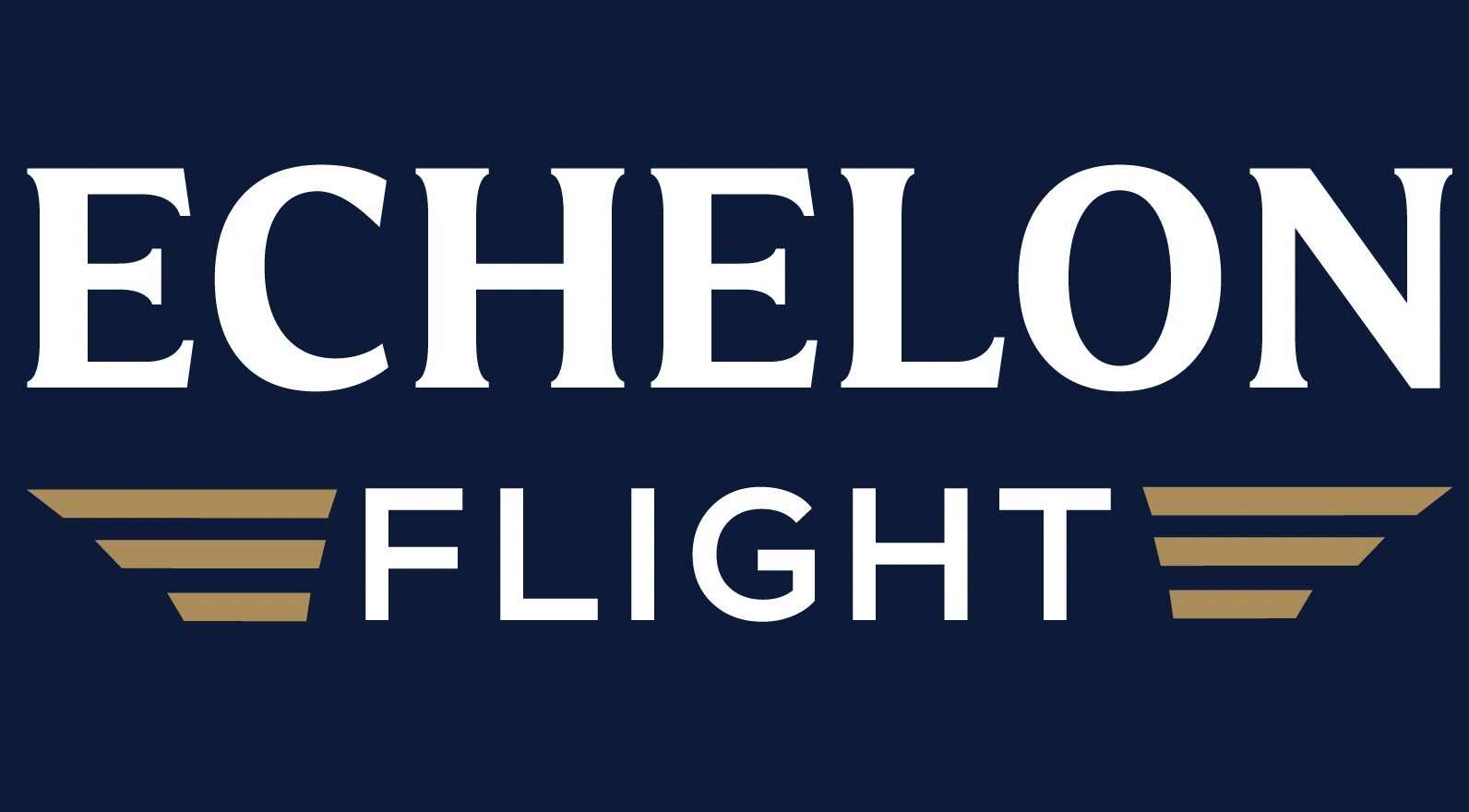Your Potential with PPL
FAA Eligibility & Legal Requirements
At Echelon Flight, we’re committed to providing FAA – compliant flight training that meets all regulatory and eligibility requirements for your private pilot license. Our program is designed in accordance with Federal Aviation Regulations (FAR 61), ensuring that each student completes the mandated requirements, including solo and dual instructions.

Age and Language Proficiency
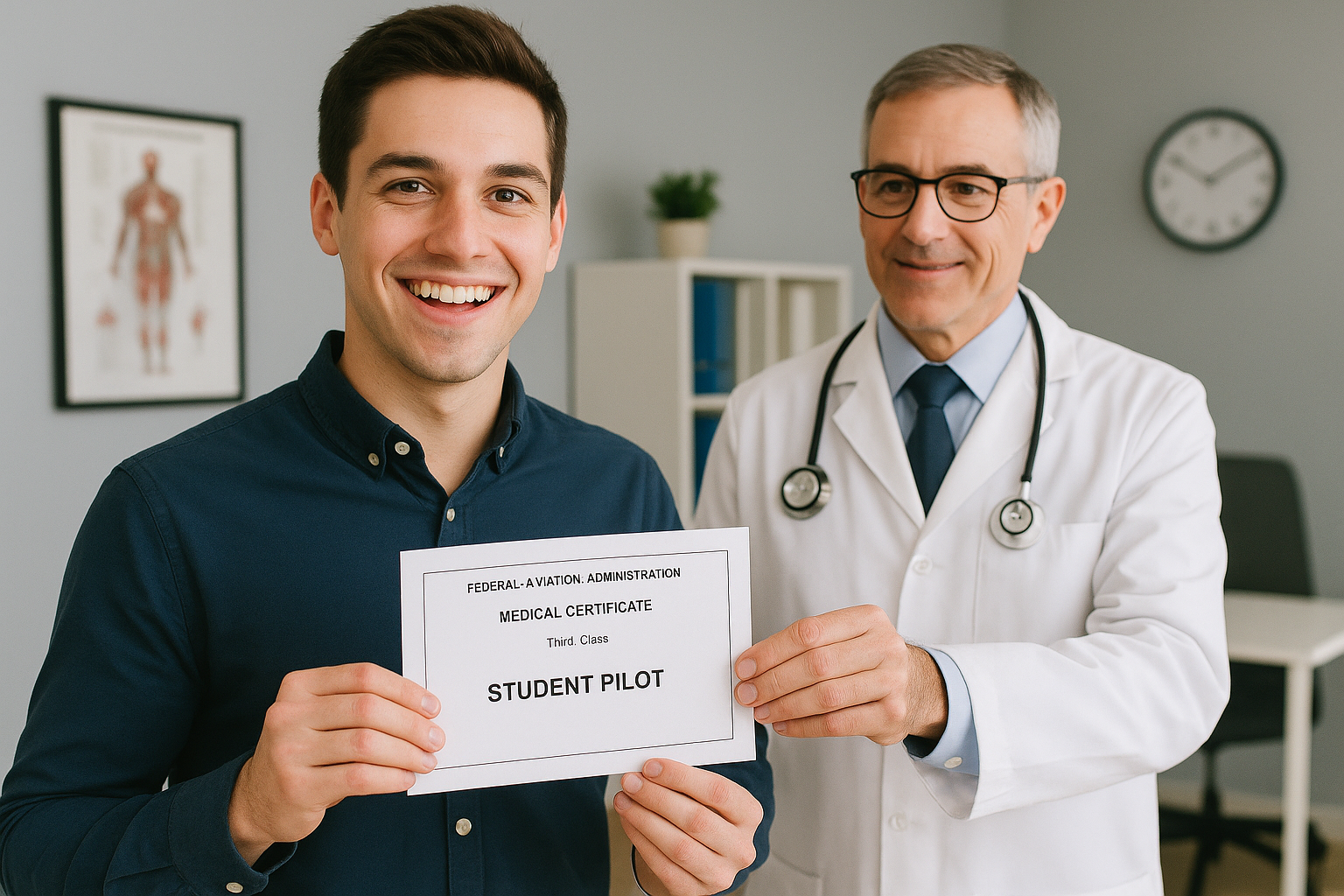
Medical Certification
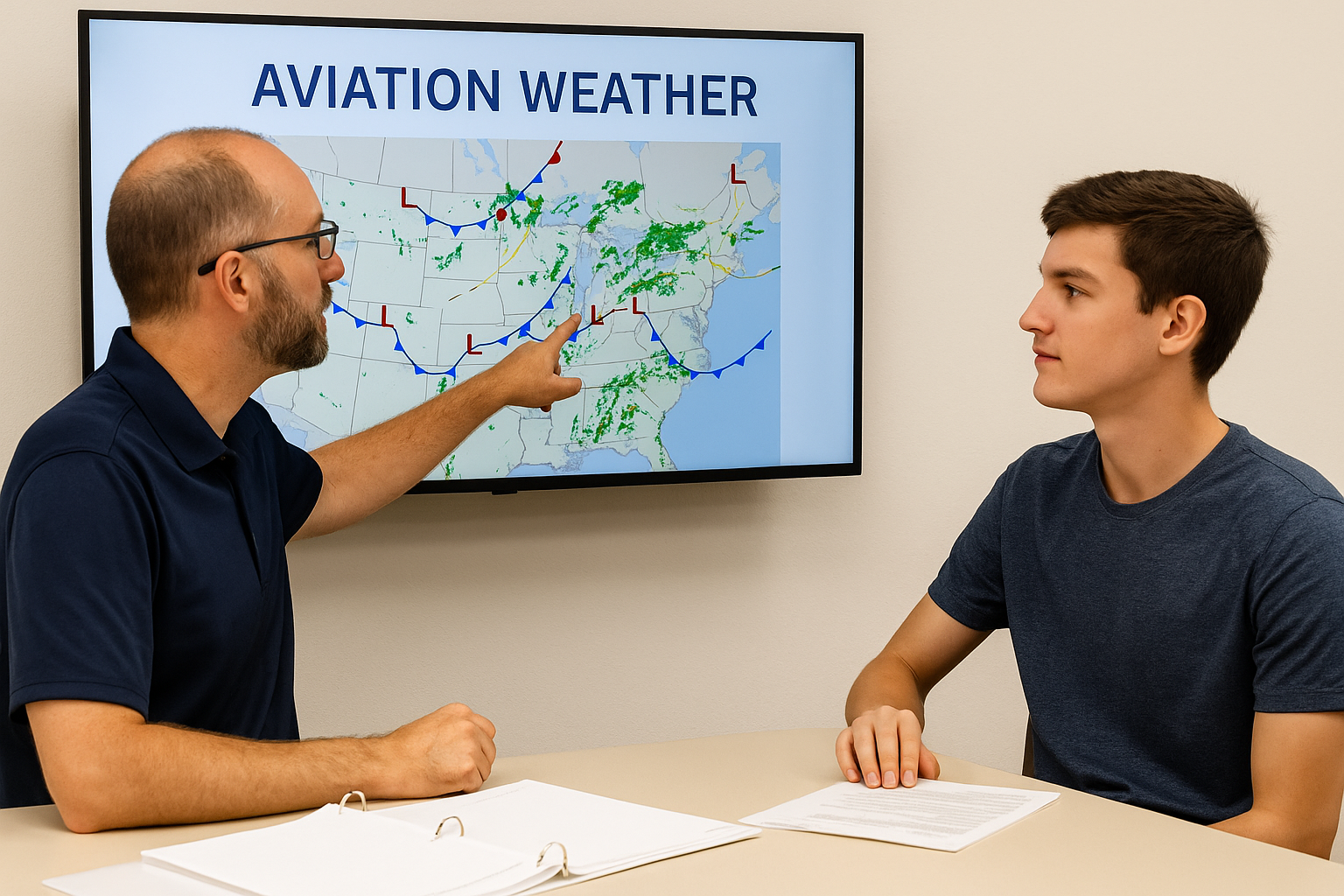
Ground School Training
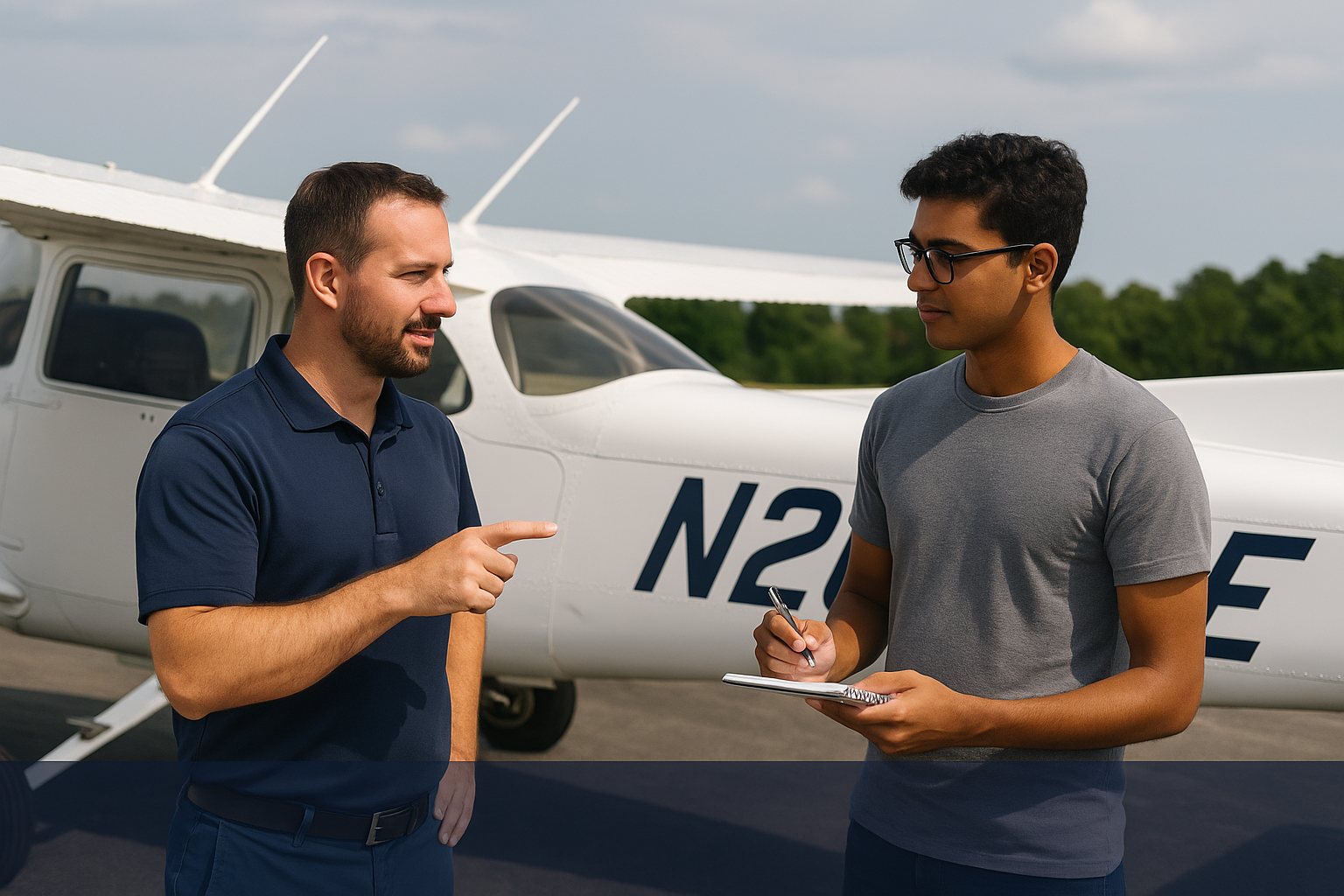
Flight Time Accumulation
Your Path to Become a Private Pilot License Starts Here....
Efficient, Smart, and FAA-Compliant Training at Echelon Flight
Experience fast-track flight training with smart, AI-powered methods.
Our modern syllabus ensures skill mastery in just 50–55 hours.
Safer, faster progress through structured lessons and expert guidance.
Fly smarter with advanced tools and real-world scenario training.
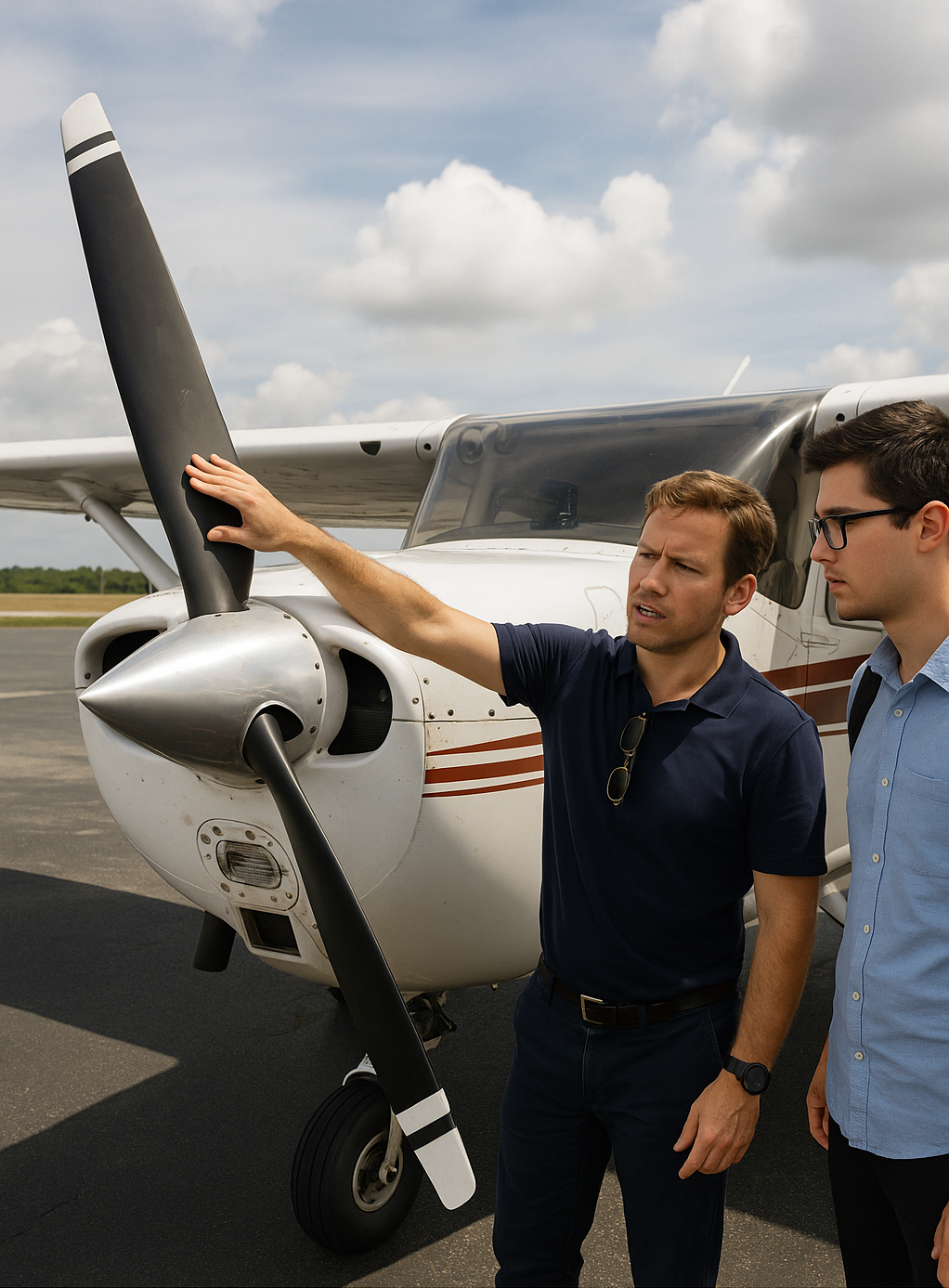
Initial Training: Mastering the Basics
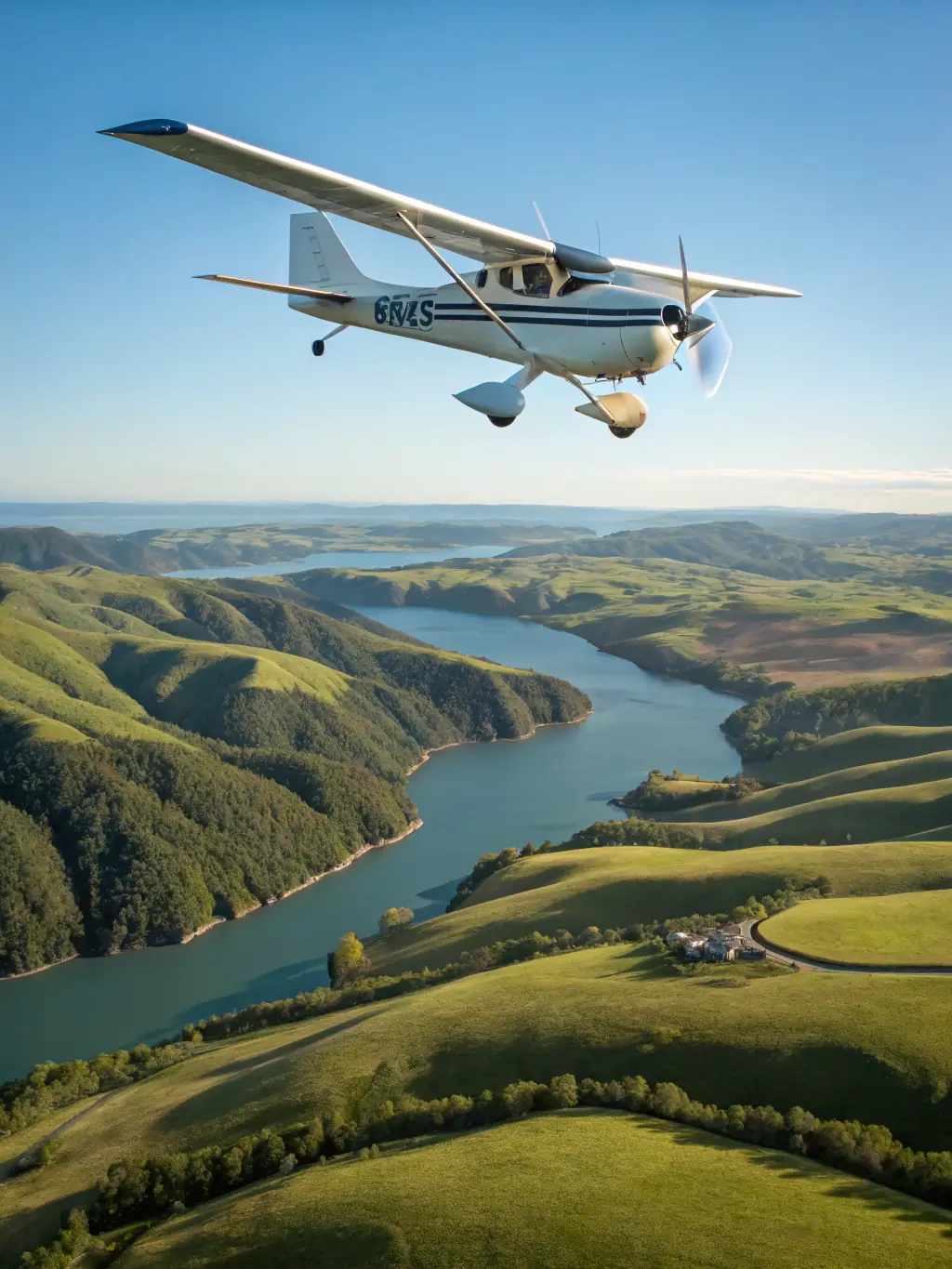
Solo Cross-Country: Building Confidence
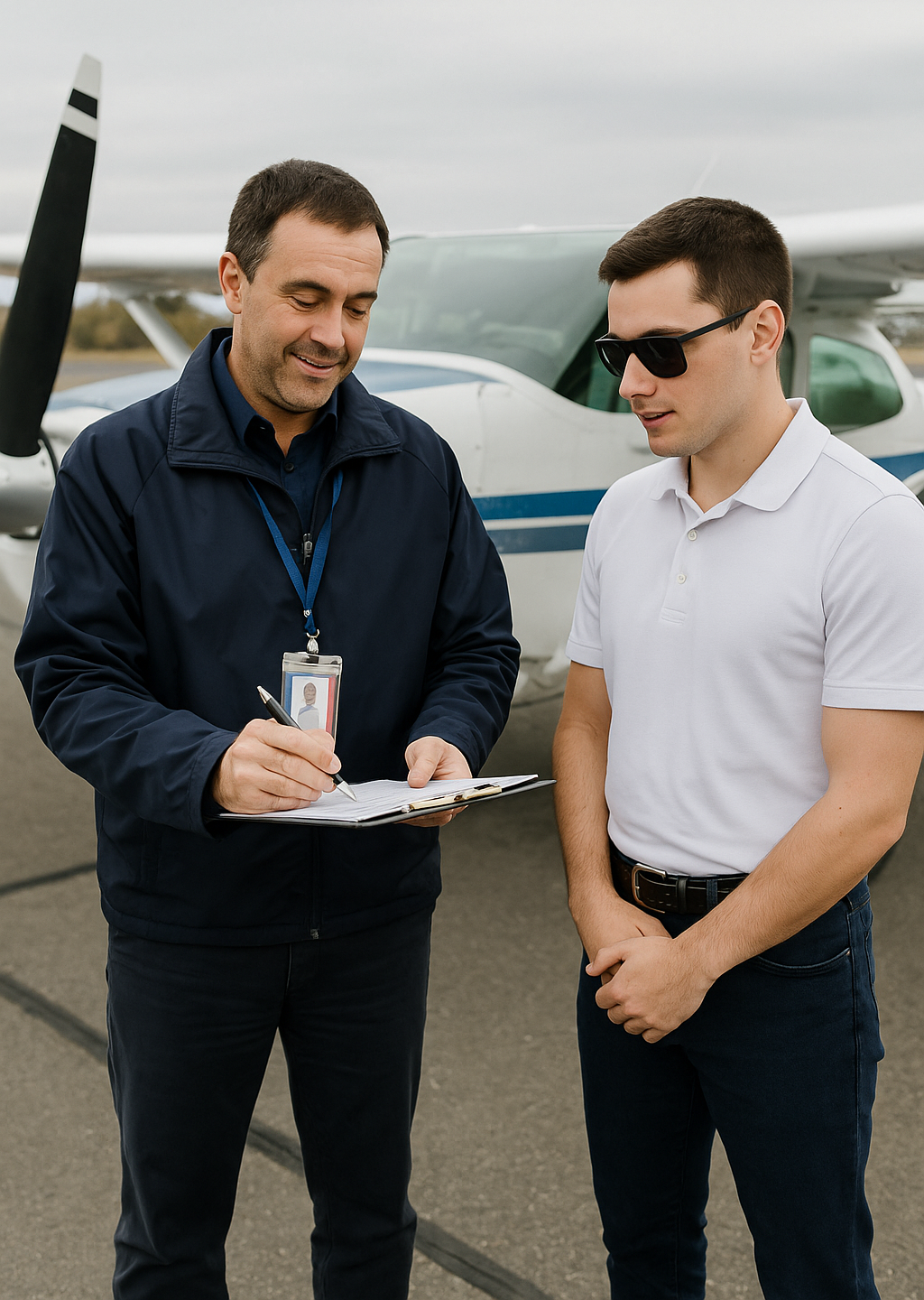
Final Preparation: FAA Checkride
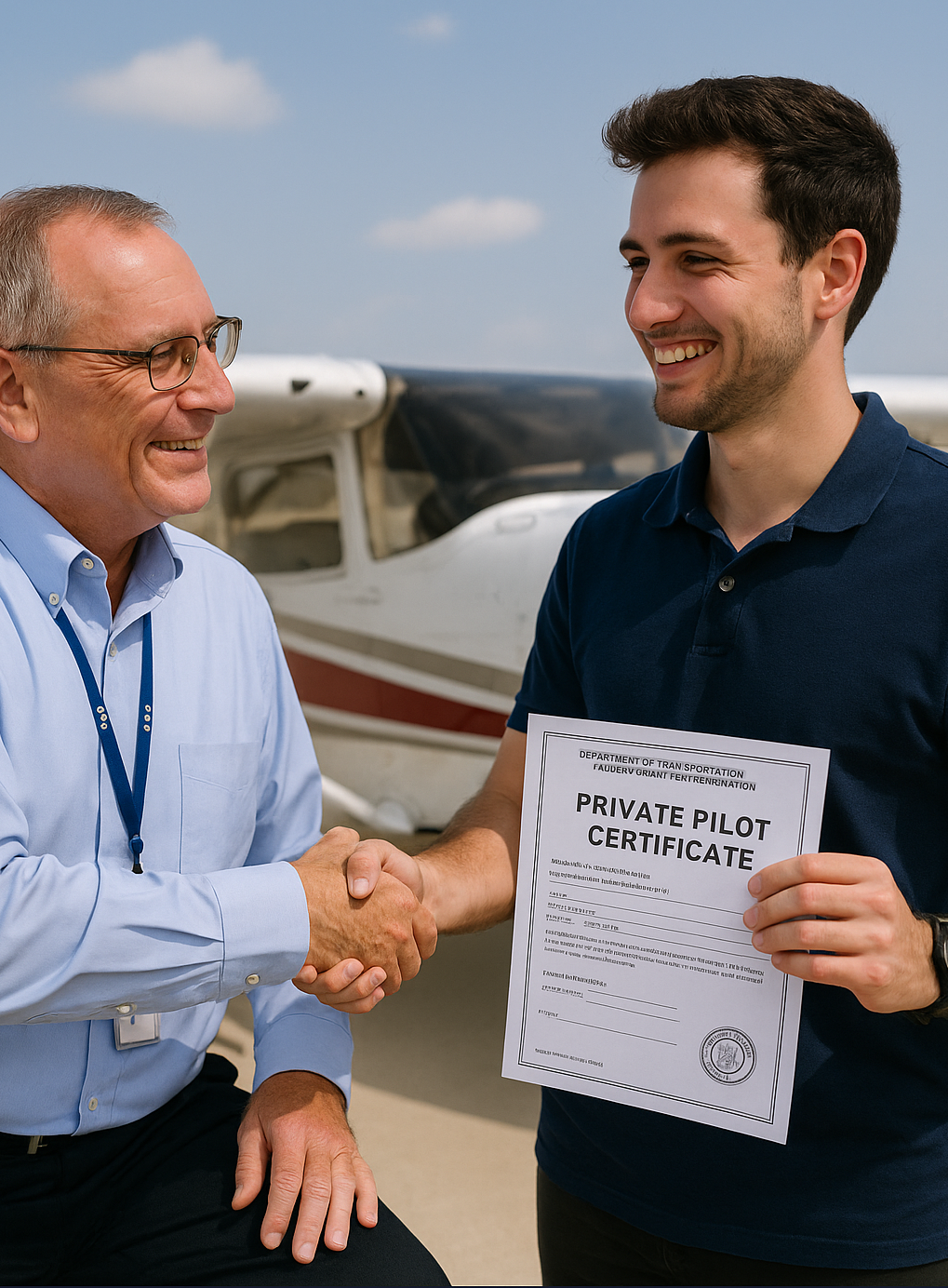
Certified: Ready for Takeoff
Frequently Asked Questions
A Private Pilot License (PPL) is a certification that allows you to fly an aircraft for personal or recreational purposes. It’s the first step for many aspiring pilots.
With a PPL, you cannot fly for compensation or hire. You can fly for personal enjoyment, carry passengers (not for hire), and participate in charity flights under certain conditions.
A PPL is for personal flying, while a CPL allows you to fly for compensation or hire. A CPL requires more training, experience, and a higher level of proficiency.
Yes, you can fly at night with a PPL, provided you have received the required night flying training and endorsements from a certified flight instructor.
Yes, you can fly internationally with a PPL, but you must comply with the regulations of the countries you plan to fly in. This may include additional endorsements or certifications.
A PPL itself does not expire, but you need to maintain currency by completing a flight review every 24 calendar months. Additionally, you need a valid medical certificate.
The FAA-issued PPL is recognized in many countries, but you may need to validate or convert your license depending on the regulations of the specific country.
Part 61 flight schools offer a more flexible training program, while Part 141 schools follow a structured, FAA-approved curriculum. Part 141 schools may have reduced hour requirements for certain ratings.
Cost & Payment Questions
The cost of obtaining a Private Pilot License (PPL) in the U.S. varies depending on the flight school, location, and individual learning pace. On average, you can expect to spend between $10, 000 to $15, 000. This includes flight instruction, aircraft rental, ground school, and necessary materials.
The cost is generally not fixed. It can change based on your performance because the total hours of flight instruction needed can vary. If you require more hours to master certain skills, the overall cost will increase. Some schools offer fixed-price courses, but these may have specific conditions.
Most flight schools allow you to pay per lesson or in installments. Paying upfront might offer a discount, but it’s not typically required. Paying as you go allows you to manage your expenses more flexibly and ensures you only pay for the instruction you receive.
Yes, Echelon Flight offers financing and payment plans to help make flight training more accessible. We partner with several financial institutions to provide loans and flexible payment options. Contact our admissions team for more details on available plans and eligibility requirements.
While we strive to be transparent, there are some additional costs to consider. These include FAA written exam fees, practical exam fees (checkride), pilot supplies (headset, charts, etc.), and medical certificate fees. We provide a detailed breakdown of all potential costs during your initial consultation.
While you cannot split flight time for training purposes to log hours, you can save money by forming study groups for ground school, sharing resources, and potentially splitting the cost of pilot supplies. However, each student must complete their own required flight hours with an instructor.
Time Commitment & Scheduling
Training Experience FAQs
Tests and Exams
Medical Requirements
Eligibility Questions
Aircraft, Equipment & Technology
Frequently Asked Questions
After the License
Transfers & Flexibility
Location FAQs
Our main flight school is located at the [Specific Airport Name] in [City, State]. We also have satellite locations at [Other Airport Names] for specialized training.
Yes, you can train at multiple Echelon Flight locations. This allows you to experience different training environments and take advantage of specific weather conditions or aircraft availability.
Yes, all our aircraft are owned and maintained by Echelon Flight, and our instructors are full-time employees. This ensures consistent quality and availability for our students.
